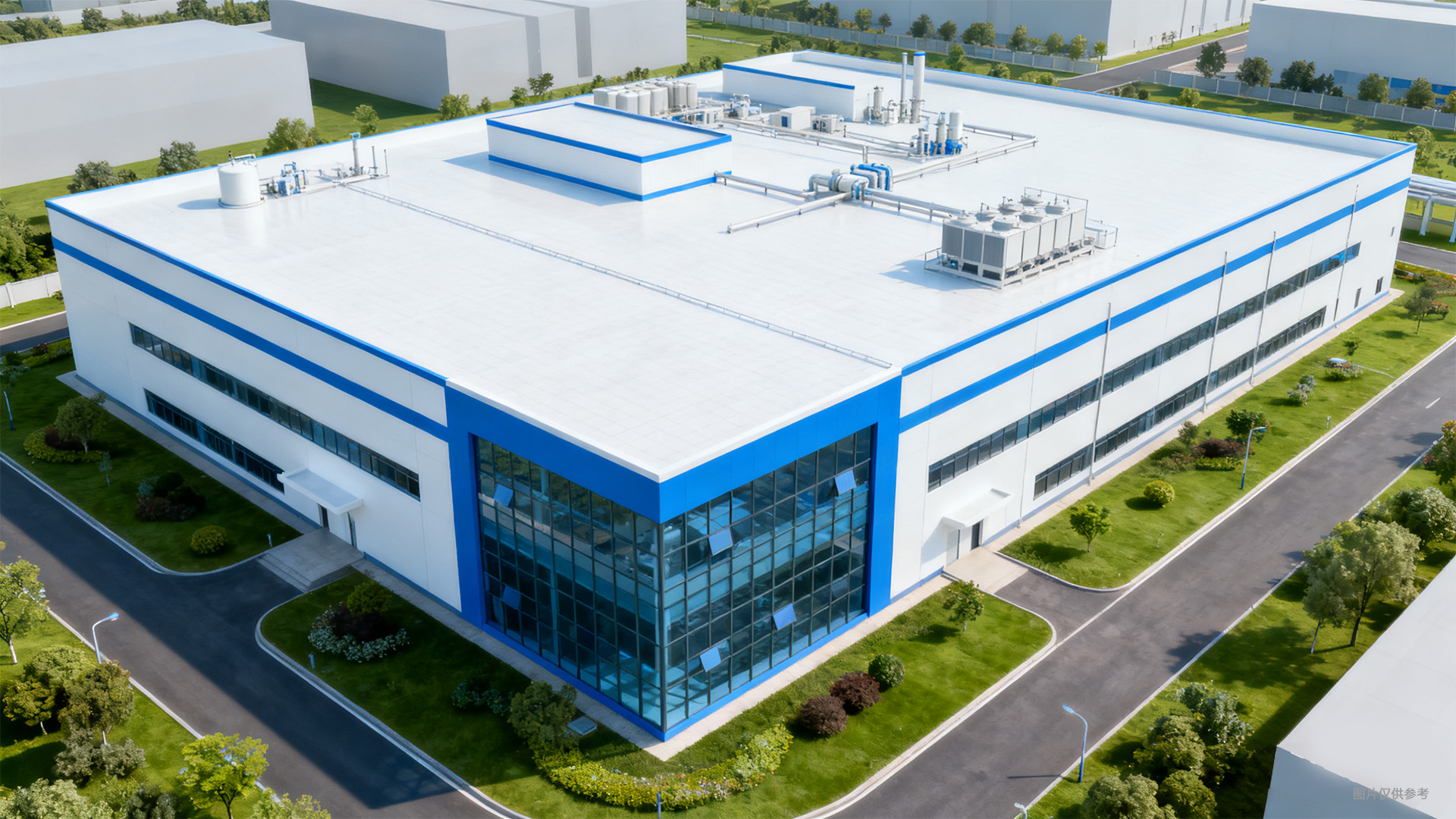In the pharmaceutical and batch process industries, difficulties in energy consumption monitoring, data integration, and carbon reduction implementation are common pain points for enterprises in their digital transformation. Wellthinic Technology UNI-WELL PEMS Energy Management System, with end-to-end management and multi-system integration at its core, provides enterprises with a one-stop solution covering energy monitoring, analysis, and optimization, making energy conservation more accurate and efficient.
Full-Lifecycle Capabilities: Covering Every Aspect of Energy Management:
Multi-Dimensional Data Collection to Break "Information Silos": The system supports the collection of multiple energy media such as water, electricity, gas, and steam. It is compatible with various protocols including OPC and MODBUS, and can connect to various devices such as DCS systems, weighbridges, and measuring instruments, enabling second-level acquisition of energy consumption data for over 300 key devices. Whether it is a single factory or multiple group-owned plants, logical data isolation can be achieved through hierarchical permissions: the group headquarters can conduct overall management and control, while each factory can view its own detailed energy consumption data, ensuring comprehensive and seamless data collection.
Intelligent Analysis and Diagnosis for Precise Identification of Energy-Saving Potential: Based on the energy data center, the system builds multi-dimensional analysis models, intuitively presenting energy consumption trends and equipment operating status through visual forms such as tables, curves, and bar charts. It supports "peak-valley-flat" electricity consumption analysis, gas-to-electricity ratio calculation, and energy consumption statistics per unit of product. Additionally, it can automatically generate daily/monthly energy consumption reports, helping enterprises quickly identify high-energy-consuming links.
Scientific Decision-Making and Scheduling for Optimal Energy Efficiency: The system integrates load forecasting algorithms, and by combining production plans (batch scheduling) with historical energy consumption data, it optimizes equipment start-stop strategies in advance. For example, it automatically reduces the load of refrigeration units during non-production periods to minimize fluctuations in electricity consumption. At the same time, it supports energy supply-demand balance analysis, monitors the status of energy supply and consumption systems in real-time, and triggers multi-level alarms in case of abnormalities. This ensures timely and rational energy scheduling, helping enterprises establish a scientific energy consumption benchmark system.
Multi-terminal Management to Meet Compliance Requirements: The system supports energy cost center and metering circuit modeling, with adjustable accounting cycles and pricing schemes as needed. It can satisfy the large-scale management needs of group enterprises, such as "one system for multi-terminal sharing with isolated and aggregated data". In line with ISO energy management standards, it also meets practical needs including traceable download of historical reports and accurate calculation of carbon emission data, providing solid support for enterprises in preparing ESG reports and responding to industry supervision.
Practical Advantages: Adapting to Industry Needs with Flexibility and Efficiency:

Taking a leading domestic pharmaceutical enterprise as an example, we have helped it achieve real-time monitoring of energy consumption data, throughout the entire process, putting an end to "unclear energy consumption accounts". This has resulted in a dual breakthrough: an overall energy efficiency improvement of over 10%, and a reduction of 10-15% in carbon emissions and related costs. Additionally, a scientific energy consumption benchmark system has been established to optimize equipment start-stop and energy scheduling strategies, effectively improving overall energy utilization and reducing ineffective energy consumption during non-production periods.

Address: Room 3134, 3rd Floor, No. 158 Liyi Road, Xiaoshan District, Hangzhou, Zhejiang Province 311215, P. R. China
Address: 3rd Floor, Building T6, No. 308 Kangshan Road, Pudong District, Shanghai, 201315, P.R.China

Address: 11th Floor, No. 18 Zhihui Road, Huishan District, Wuxi, Jiangsu Province 214174, P. R. China
